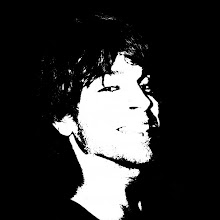As part of an optional Saturday trip, I went along with a group of 7 other people to see the Suntory Museum, an impressive work by Tadao Ando. Although the weather was unfavorable, the overcast sky was an appropriate complement to the atmosphere of the building. This connection was first drawn in the main lobby, a space crafted almost entirely of neutral, polished concrete forms.


In addition to the main rectilinear volumes, the building is intersected by a more dominant gesture, an overturned, truncated cone. The structure and expression of this element is entirely separate from that of the others, and contains a dense network of stainless steel members. The vertical elements are expressed along the perimeter of the facade, producing a ribbing effect. The central part of the cone is lined entirely with glass panels, creating an outward focus toward Osaka Bay. This portion of the facade also serves to illuminate the perimeter of the interior, a transitory zone between the lower and upper floors.


The highlight of the museum was the outdoor space. Although serving more of a circulatory purpose, it is successful in bringing the context to life. Specifically, the building sits at the edge of an ocean waterfront, adjacent to a nearby pier. Thus, the outdoor spaces are made to frame views of these elements. On this day, the low rain blurred much of the visibility surrounding the area, causing the context to feel frozen. This effect was entirely appropriate to the architecture, and I’m glad that I got to experience it in this manner.








No comments:
Post a Comment